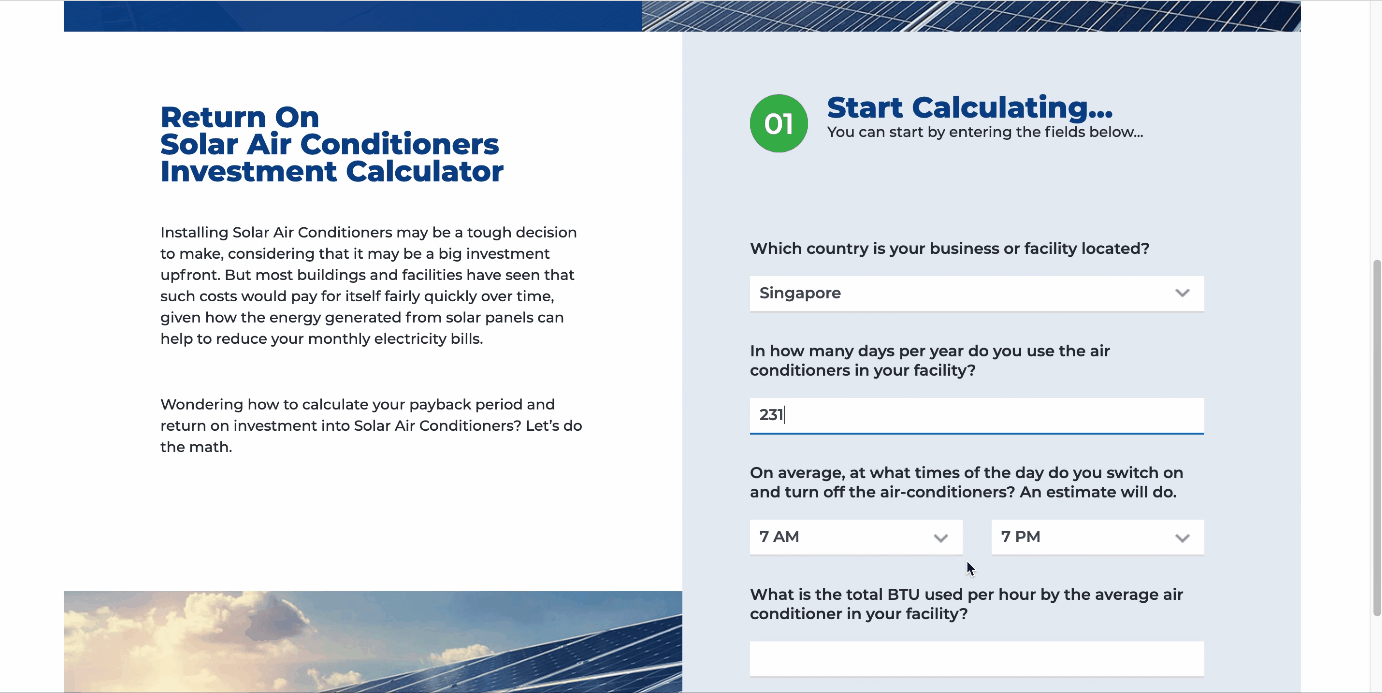We’re in a B2B pickle. Our sales reps hold about 5% of the buying process attention, there’s an ever-increasing number of stakeholders to convince, and the funnel has changed.
So, we reverse the process instead of opening our sales nets wide to everyone. We use account-based marketing and identify the leads we want to reach out to. But how do we make sure we reach them at every touchpoint that counts?
We use content in tandem with accounts based marketing to secure the perfect customer.
How ABM Swiped Right on Content Marketing
Our standard retargeting ads only reach the stakeholder’s assistant in charge of vendor research. Meanwhile, the actual stakeholders are busy scrolling down HBR and LinkedIn.
The only way to reach them is to play by their rules and adapt to their professional (not just buyer’s) journeys. They continuously consume content as they use social media, google topics of interest, and debate with their peers.
As a marketing form that promotes offers through content that proves you can help address specific challenges, content marketing is the perfect channel for ABM.
Be that relevant whitepapers, specific case studies, or simply finely-tuned landing pages that speak to your prospect as if you’d already met, content marketing helps you prove you can scratch your prospects’ itch.
You don’t have to exclusively target the primary economic buyer with content. A well-executed account-based content marketing campaign allows you to reach all the relevant stakeholders, address their objections, and help them visualize what success looks like with your offer.
Endless ABM Content Use Cases
Even though we traditionally think of content in terms of SEO and top-of-the-funnel outreach, ABM content can be used across the funnel:
- Spark interest in your offer through SEO or advertising
- Target already warmed-up leads
- Nurture high-value prospects
- Maximize your existing customer base’s lifetime value
Everything is content. And with accurate targeting, you identify the exact pieces your prospects need to see or read to convert.
And through content repurposing, you can save time. Every piece of content doesn’t have to be completely unique, you can use snippets from other content campaigns.
ABM Content Marketing Case Study: Calculator for High-Value Prospects
Enovatek Energy Solutions wanted to reduce the industrial carbon footprint. However, their customers weren’t aware of their offer, and their geographically-dispersed sales activities were hard to track.
Our agency helped them build an entire account-based marketing funnel, with one of the critical steps being the Solar Air Conditioner ROI Calculator:

The calculator, which suddenly spoke to Facility Managers’ pressing needs (as opposed to traditional solutions primarily targeting the real estate and military), allowed them to quickly calculate the potential cost savings.
Interactive content is a phenomenal asset in every ABM campaign. In Enovatek’s case, the calculator was preceded by a cold email and followed by a site survey booking form (and an email sequence to nurture the highest value prospects).
At the end of the day, the combined approach helped Enovatek grow its leads by 5x.
How to Strategically Use The Three Critical ABM Content Marketing Tactics
Your mission, should you accept it, is to identify your highest-value prospects and create content that meets them where they are.
The first step? Selecting your tactic.
- One-to-one – Create content specifically for individual prospects. (We recommend doing this only for the highest-value prospects whose companies can bring a significant chunk of revenue to your table.)
- One-to-few – Create content targeted to specific clusters. For example, organize your accounts by their roles and industries. (This is great for accounts that include multiple buyers who all share similar objections.)
- One-to-many – Create content that targets specific audience ABM segments and/or their buyer’s journey stages. (If your audience is relatively uniform, you can target them programmatically.)
When to Use One-to-One ABM Content Marketing
Save one-to-one ABM content marketing for exceptional prospects.
For example, GumGum wanted to close T-Mobile as a client. Since their CEO was a comic book aficionado, they created a comic book called T-Man and Gums.
He loved it, T-Mobile became a client, and the rest is history.
While creating a comic book isn’t always accessible to everyone, it shows that – in one-to-one ABM content – you must do your research correctly. Understand the target stakeholders (not just the economic buyer) and go beyond their professional life.
(Of course, we don’t mean you should stalk them on Facebook, but if they’re vocal about their interests, leverage them to make your offer feel more personable.)
1-to-1 ABM is not for the faint-hearted. If you don’t have the resources to get your entire team on board to win the client over with a distinctive approach, it may be better to target multiple prospects with a personalized campaign.
When to Use One-to-Few ABM Content Marketing
In the one-to-few accounts based marketing approach, the stakes aren’t as high. But that doesn’t mean you shouldn’t knock it out of the park. Your targeting is simply different:
- Organize your accounts by segments (industry, role, key challenges, etc.), or
- Organize your accounts by the company (if you need to convince multiple stakeholders – e.g., the CTO, VP of Finance, Product Managers)
For example, if you want to reach Facility Managers like Enovatek, you’d create content that resonates with their role’s challenges and industry.

You could also target a specific company that could be a profitable customer but has a buying process with multiple stakeholders.
In that case, you could play with retargeting ads for different stakeholders, create entire content packages the economic buyer can share with other stakeholders, and so on.
The critical aspect of ABM is really to approach every account (segment) with the individuals in mind. Don’t think scale – think personalization and people. We’ve often seen campaigns fail because marketers and salespeople brought their traditional mindset to the game; targeting expanded from a handful of companies to their entire audience.
Stay focused and talk to your prospects. What do they struggle with, and how can your content prove your ability to resolve their challenges?
When to Use One-to-Many ABM Content Marketing
If you’re worried about scaling your ABM, use the one-to-many approach to account-based marketing.
This is as close to traditional marketing as you can come, but, again, you need to define your accounts carefully.
Then, programmatically target them through ads, tailored landing pages, and customized content.
For example, you can create a whitepaper outlining the key trends in your prospects’ target industry.
Tekla, a construction and structural engineering software provider, worked with us to create their marketing strategy. Their 2020 construction industry trends report was the cornerstone of our one-to-many ABM approach.
The client previously struggled to increase their SQLs, but by the end of the campaign, their SQLs increased by 323%.
You could try Mawla’s approach to ABM cold email on a smaller scale.
Personalize your cold emails with specific references to the company’s news (new funding rounds, new hires), the recipient’s previous company’s name, and other data.
Then, add personalized gifs and memes for extra friendliness.
How to Nurture and Retain Key Accounts with ABM Content
Don’t get complacent once you win the new accounts. If your prospects are precious to you, a long line of other vendors wants to win them over.
Build loyalty programmatically with ABM content.
Stay Updated on Your Key Accounts’ Industries
Industries and niches are constantly undergoing change. While your key accounts already consume content around it, your ABM content gives them context. They need to know your company is proactively working on resolving future challenges. You can even consider using pillar content for each industry.
Otherwise, they might just book a demo with a different vendor targeting them like a new lead.
Sell Deeper into Your Key Accounts
Target your key accounts with personalized case studies and content demonstrating how they can increase their results by upgrading or adding an additional feature to their plan.
Instead of reminding them about it in your quarterly check-ins, proactively give them options and inspiration from other companies in your roster who saw significant increases when they upgraded.
Similarly, Gartner reports that 75% of buyers consider choosing a new provider as much as staying with the current provider when purchasing a new solution. No one likes adding another tool to their stack, so if you’re in SaaS, maintaining your key account relationships can provide product intelligence for expansion.
Become Your Customers’ Strategic Partner
Does your company want to stay yet another vendor throughout your customer’s lifetime, or would you rather be treated as a strategic partner? Chances are, you’re interested in the seat at that table, but you need to earn it.
Account-based content marketing allows you to provide the right resources and show the customers that you’re invested in their success. Whether that’s conferences, webinars, or targeted email sequences, your ABM content should provide roadmaps for achieving specific business goals.
Start Working on Your Account-Based Content Marketing Strategy!
Your ABM approach depends on your audience. Whether you choose one-to-one, one-to-few, one-to-many, or opt for a blended approach, prioritize research.
Get your sales and marketing teams in one room, identify the highest-value prospects, and create an ABM lifecycle marketing plan.
Not only will your customers convert, but they’ll love you for it!





